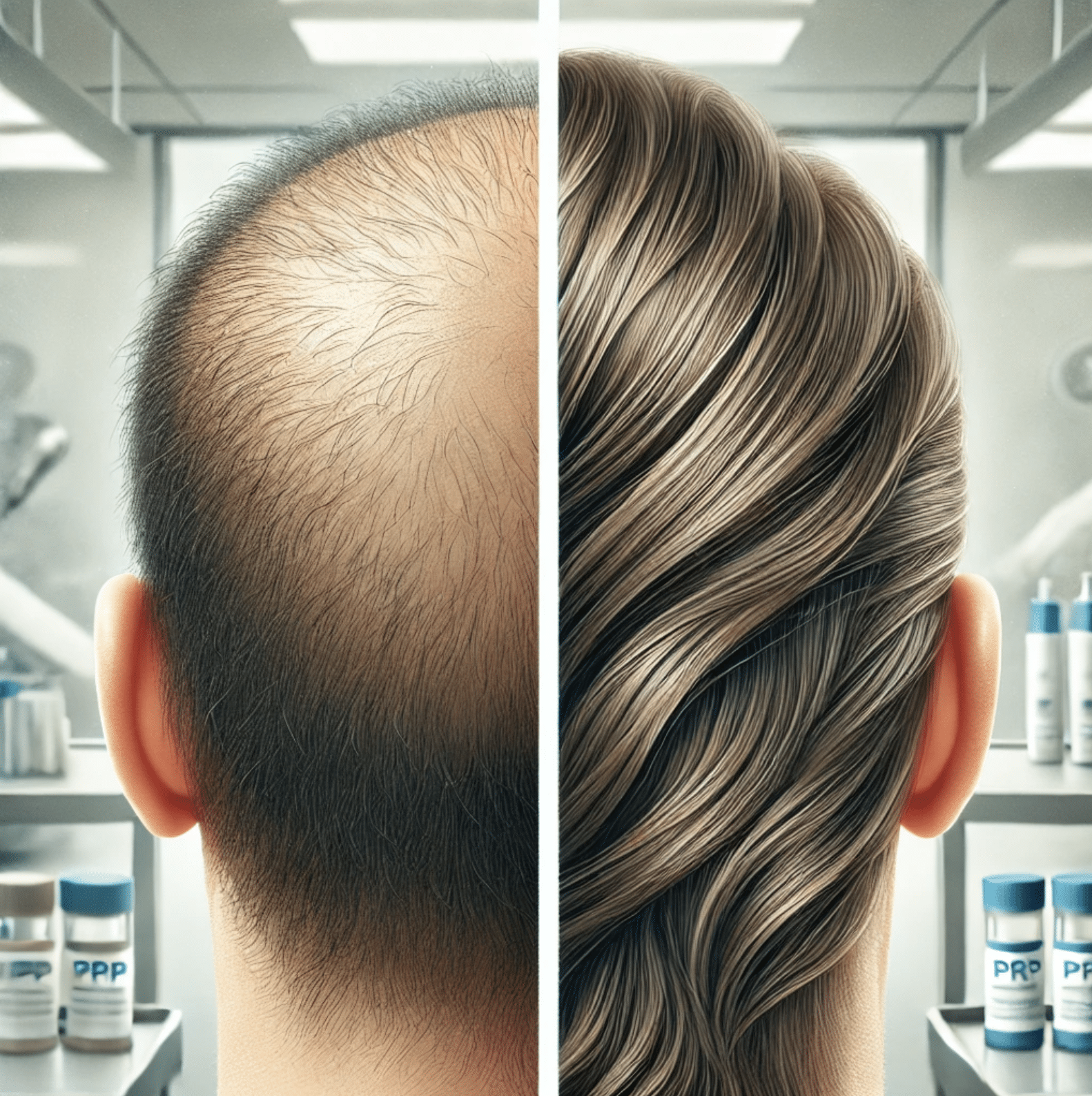Hair loss is a common concern affecting millions of people worldwide, leading to decreased confidence and self-esteem. But with advancements in medical technology, innovative solutions like Platelet-Rich Plasma (PRP) therapy have emerged. So, what does PRP do for hair? Let’s dive into the details to understand how this treatment can transform your hair health.
Understanding PRP Therapy: A Comprehensive Overview
What is PRP (Platelet-Rich Plasma)? PRP therapy involves using a concentration of platelets from your own blood to accelerate the healing process in various parts of the body. Platelets are packed with growth factors that play a significant role in tissue repair and regeneration. Initially used in orthopedics and sports medicine, PRP has gained popularity in aesthetic medicine, especially for hair restoration.
History of PRP in Medicine Originally developed in the 1970s, PRP therapy was used in dental and surgical applications. It wasn’t until the 21st century that dermatologists and specialists began using PRP to stimulate follicles.
How PRP Therapy Works for Hair Growth

The Science Behind PRP for Hair PRP contains growth factors that, when injected into the scalp, can revitalize dormant hair follicles, promote hair growth, and increase the thickness of shafts. These growth factors enhance blood supply to hair follicles, leading to healthier hair growth cycles.
Why PRP is Effective for Hair Restoration PRP therapy works by prolonging the anagen (growth) phase of follicles, reducing hair fall, and stimulating new growth. It also improves scalp health by reducing inflammation and promoting collagen production.
Benefits of Using PRP for Hair Loss
- Stimulates Natural Hair Growth: PRP therapy boosts growth without the need for harsh chemicals or surgical interventions.
- Enhances Hair Thickness and Volume: It strengthens thinning hair, resulting in fuller and healthier-looking hair.
- Minimally Invasive with No Downtime: Unlike transplant surgeries, PRP involves minimal discomfort and quick recovery.
The Ideal Candidates for PRP Hair Treatment
Who Can Benefit the Most? PRP is particularly beneficial for individuals experiencing early stages of thinning or androgenetic alopecia (male and female pattern baldness). It’s also a great option for those looking to maintain existing hair density.
Factors That Influence Success The effectiveness of PRP therapy may vary based on factors such as age, the extent of hair loss, and the health of hair follicles.
PRP Treatment Procedure for Hair Restoration
Step-by-Step Process
- Blood Collection: A small amount of blood is drawn from the patient.
- Centrifugation: The blood is placed in a centrifuge to separate the platelet-rich plasma.
- Injection into the Scalp: The PRP is injected into areas of thinning.
What to Expect During the Treatment Patients may experience mild discomfort during the injections, but the procedure typically takes less than an hour.
Preparation and Aftercare
- Pre-Treatment Guidelines: Avoid anti-inflammatory medications, alcohol, and smoking for a week before the procedure.
- Post-Treatment Care: Refrain from washing your hair for at least 24 hours. Avoid direct sun exposure and heavy workouts for a few days.
PRP for Hair vs. Traditional Treatments
Comparison with Medications PRP provides a more natural alternative compared to medications like Minoxidil or Finasteride, which can cause side effects. Unlike these drugs, PRP addresses thinning by using your own body’s resources.
PRP vs. Transplant Surgery While transplants offer permanent results, PRP is a less invasive option that can enhance existing hair without the need for surgery.
How Long Does It Take to See Results from PRP for Hair?
Results are typically seen within 3-6 months. Patients may need multiple sessions for optimal outcomes, with maintenance treatments every 6-12 months.
Side Effects and Safety of PRP Hair Treatment
PRP is generally safe since it uses your own blood, reducing the risk of allergic reactions. Common side effects include temporary redness, swelling, or bruising at the injection site.
Cost of PRP Therapy for Hair Restoration
The cost can range from $500 to $2,000 per session, depending on the location, clinic, and severity of hair loss. While it may seem expensive, many patients find it worth the investment given the natural and long-lasting results.
Real-Life Success Stories for Hair
Many patients, including celebrities, have shared positive experiences with PRP. These testimonials highlight noticeable improvements in hair density and confidence levels.
FAQs About Hair Restoration
- Is PRP therapy painful? Most patients report minimal discomfort, similar to a pinch during the injections.
- How many sessions are needed? Typically, 3-4 sessions spaced a month apart are recommended, followed by annual maintenance.
- Can PRP stop hair loss completely? While it can significantly slow down hair loss and promote regrowth, it may not work for everyone, especially in advanced stages of baldness.
- How long do the results last? Results can last 1-2 years, with maintenance treatments enhancing longevity.
- Are there any risks associated with PRP therapy? Since PRP uses your own blood, the risk of side effects is minimal.
- Who should avoid PRP treatment? Individuals with blood disorders, infections, or certain autoimmune diseases may not be suitable candidates.
Conclusion
PRP therapy is a promising and minimally invasive option for those struggling with thinning and loss. By leveraging the body’s natural growth factors, PRP can restore hair density and improve overall scalp health. If you’re seeking a natural way to rejuvenate, PRP might be worth exploring.
- Verywell Health: A comprehensive review of 12 clinical trials found that PRP therapy led to significant improvements in density and thickness in 84% of the studies, indicating its potential as a safe and effective treatment for regrowth.
- Medical News Today: A 2019 systematic review published in Dermatologic Surgery examined 19 studies involving 460 participants. The majority reported that PRP treatments resulted in hair regrowth for individuals with androgenetic alopecia and alopecia areata.
